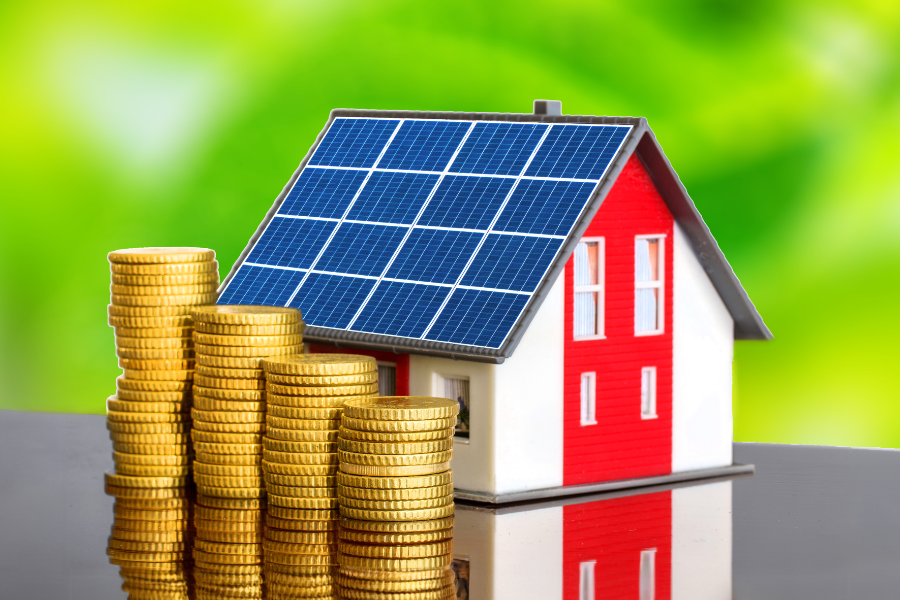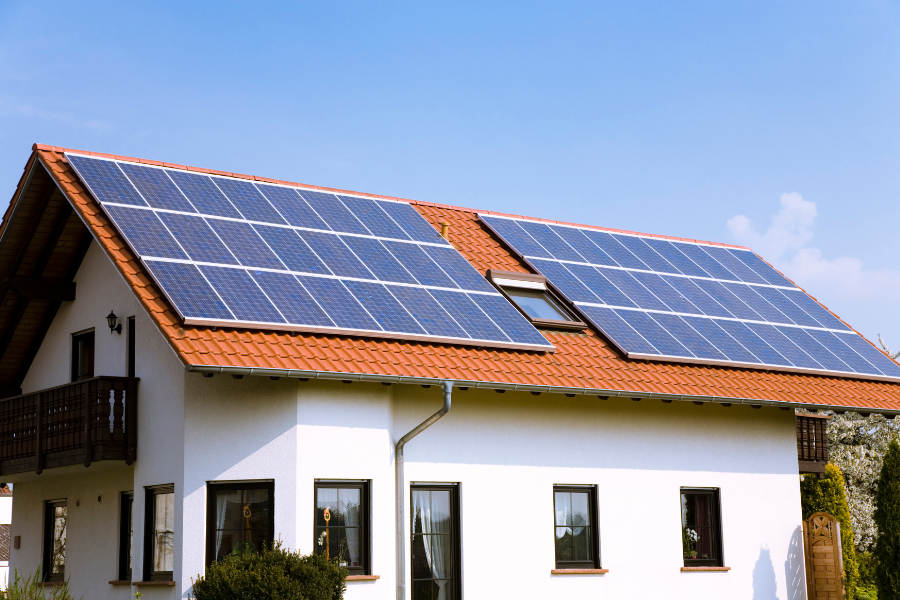- Regulations & Incentives
Rising Electricity Costs in the Philippines: What Consumers Need to Know
Electricity prices in the Philippines continue to rise due to fuel costs, supply shortages, and market changes. As households and businesses struggle with high energy bills, many are turning to solar power for long-term savings and energy independence. Discover why switching to solar can be a smart solution for reducing costs and ensuring a more sustainable future.
Share to:

Introduction
In recent years, the Philippines has experienced fluctuations in electricity prices, impacting both households and businesses. Factors such as rising fuel costs, supply constraints, and regulatory changes have contributed to higher electricity bills. As Filipinos seek stable and affordable energy solutions, it’s essential to understand the reasons behind these price hikes and explore potential alternatives like solar power.
Why Are Electricity Prices Increasing?
Several key factors influence electricity rates in the Philippines:
Rising Fuel Costs – The country heavily relies on imported fossil fuels, such as coal and natural gas, to generate electricity. Global price surges directly affect local electricity rates.
Supply and Demand Imbalance – Power shortages, natural disasters, and grid inefficiencies contribute to inconsistent supply and rising costs.
Regulatory and Market Changes – Adjustments in government policies, independent power producer agreements, and utility pricing structures also impact electricity bills.
Foreign Exchange Rates – The Philippine peso’s value against the US dollar affects the cost of importing fuel and power plant equipment.
Impact on Filipino Households and Businesses
With electricity rates fluctuating, many Filipino families and business owners are struggling with higher utility bills. The impact is particularly significant for energy-intensive industries, small businesses, and lower-income households. As a result, many are searching for long-term solutions to reduce reliance on traditional grid power.
Is Solar Energy a Viable Alternative?
Solar energy is emerging as a practical and cost-effective alternative to traditional electricity sources. Here’s why more Filipinos are making the switch:
Lower Long-Term Costs – While installation requires an initial investment, solar panels significantly reduce monthly electricity expenses over time.
Energy Independence – Households and businesses can generate their own power, reducing dependence on fluctuating grid prices.
Sustainability – Solar power is a renewable and eco-friendly energy source, reducing carbon footprint and promoting cleaner energy use.
Government Incentives – The Philippine government has introduced net metering policies and renewable energy programs that allow solar users to earn credits for excess power sent to the grid.
What Can Consumers Do?
Monitor and Compare Rates – Stay updated on electricity price trends and consider switching to a provider with better rates.
Invest in Energy Efficiency – Simple steps like using LED lights, upgrading appliances, and unplugging unused devices can reduce power consumption.
Consider Solar Energy – Explore solar panel installation to cut long-term energy costs and lessen reliance on grid electricity.
Conclusion
As electricity prices continue to fluctuate in the Philippines, consumers must stay informed and proactive in managing energy costs. Exploring renewable energy solutions like solar power can provide long-term financial savings and contribute to a more sustainable future. By making smart energy choices, Filipinos can better navigate rising electricity costs and gain more control over their power consumption.
Table of Contents
Subscribe to our Newsletter
Latest
From the Blog
The latest industry news, interviews, technologies, and resources.



